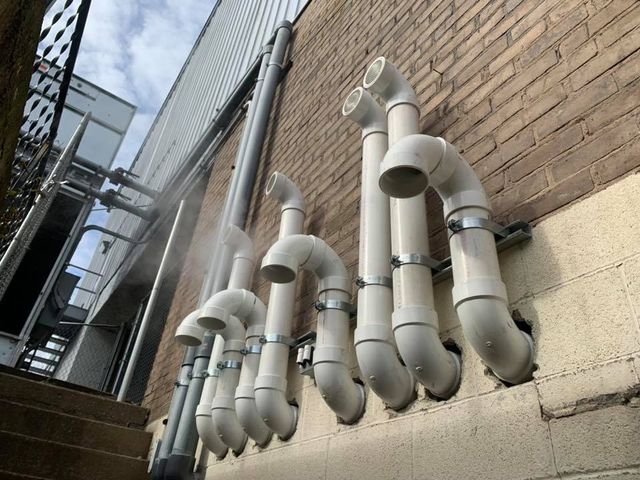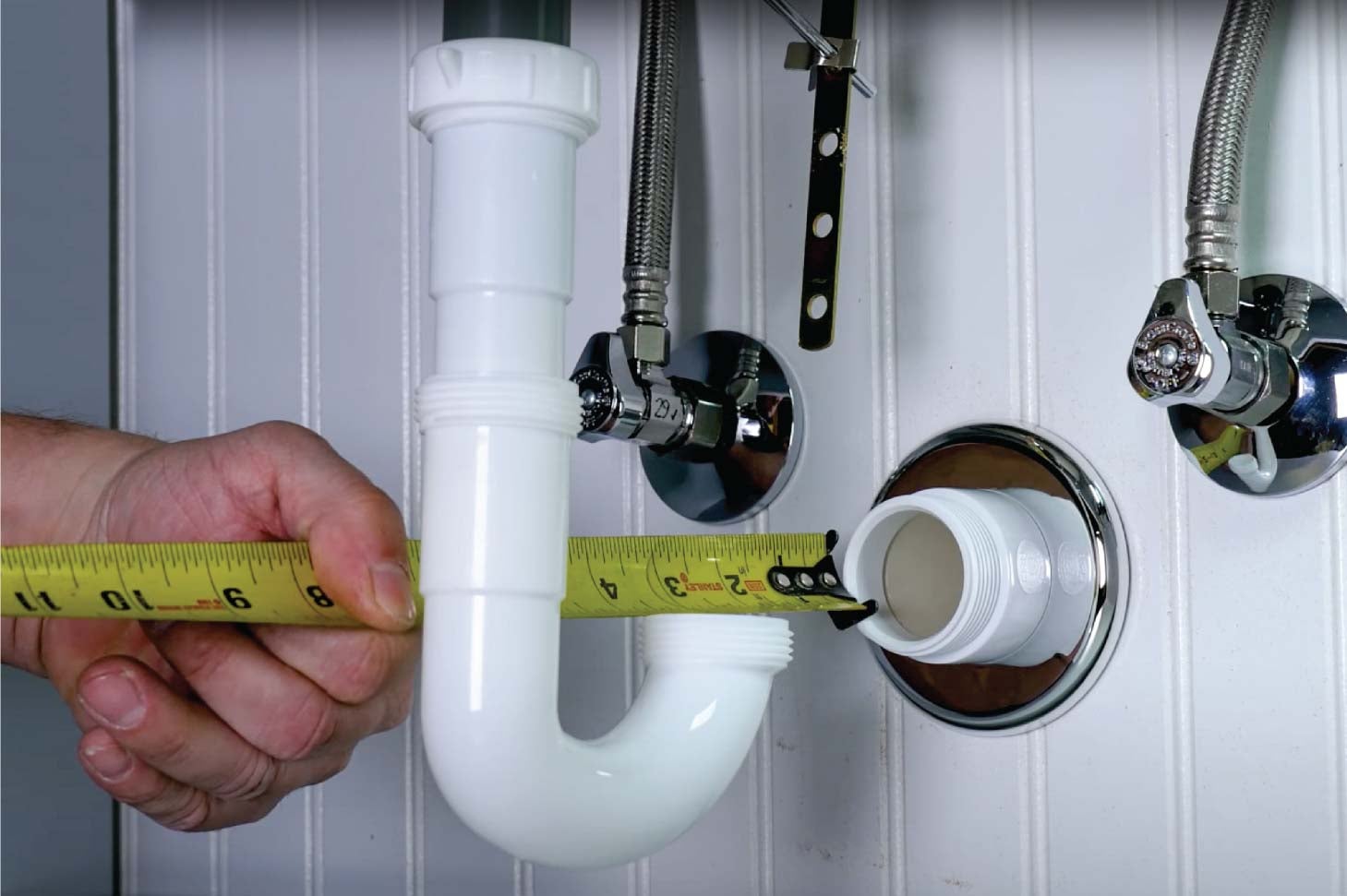Just about everyone seems to have their own unique thinking involving Anatomy of a House: Understanding the Components.

Understanding how your home's plumbing system works is necessary for every single homeowner. From supplying tidy water for drinking, cooking, and bathing to safely eliminating wastewater, a well-kept plumbing system is important for your family members's wellness and comfort. In this detailed guide, we'll check out the elaborate network that composes your home's plumbing and offer tips on maintenance, upgrades, and managing typical concerns.
Introduction
Your home's pipes system is greater than simply a network of pipelines; it's an intricate system that ensures you have access to tidy water and efficient wastewater removal. Knowing its parts and how they work together can help you stop costly repair services and guarantee everything runs smoothly.
Fundamental Components of a Pipes System
Pipelines and Tubing
At the heart of your plumbing system are the pipes and tubing that bring water throughout your home. These can be made from different products such as copper, PVC, or PEX, each with its benefits in terms of toughness and cost-effectiveness.
Fixtures: Sinks, Toilets, Showers, and so on.
Fixtures like sinks, commodes, showers, and bath tubs are where water is utilized in your home. Recognizing just how these components link to the plumbing system helps in detecting troubles and preparing upgrades.
Valves and Shut-off Points
Shutoffs manage the flow of water in your plumbing system. Shut-off shutoffs are critical throughout emergencies or when you require to make repair services, allowing you to separate parts of the system without interfering with water flow to the entire residence.
Water System System
Main Water Line
The main water line attaches your home to the local water supply or a personal well. It's where water enters your home and is distributed to different fixtures.
Water Meter and Pressure Regulator
The water meter actions your water use, while a pressure regulatory authority makes sure that water flows at a secure pressure throughout your home's plumbing system, protecting against damage to pipelines and components.
Cold Water vs. Hot Water Lines
Recognizing the distinction in between cold water lines, which supply water straight from the primary, and warm water lines, which bring heated water from the hot water heater, helps in repairing and planning for upgrades.
Drainage System
Drain Pipes Pipes and Traps
Drain pipelines lug wastewater away from sinks, showers, and commodes to the drain or septic tank. Traps protect against drain gases from entering your home and additionally trap particles that could trigger clogs.
Ventilation Pipelines
Ventilation pipelines allow air into the water drainage system, stopping suction that can slow down water drainage and trigger catches to empty. Appropriate ventilation is necessary for maintaining the stability of your pipes system.
Significance of Correct Drainage
Making sure proper drain protects against backups and water damage. Consistently cleaning drains and keeping traps can avoid pricey repairs and prolong the life of your pipes system.
Water Heating System
Kinds Of Hot Water Heater
Hot water heater can be tankless or typical tank-style. Tankless heaters heat water on demand, while containers store heated water for instant usage.
Upgrading Your Plumbing System
Reasons for Upgrading
Upgrading to water-efficient components or changing old pipes can improve water high quality, lower water bills, and enhance the value of your home.
Modern Pipes Technologies and Their Advantages
Explore technologies like wise leakage detectors, water-saving commodes, and energy-efficient hot water heater that can save money and decrease ecological influence.
Price Considerations and ROI
Calculate the upfront costs versus long-lasting cost savings when taking into consideration plumbing upgrades. Lots of upgrades spend for themselves via lowered energy bills and less repairs.
How Water Heaters Connect to the Plumbing System
Comprehending exactly how hot water heater link to both the cold water supply and warm water circulation lines aids in detecting concerns like not enough warm water or leakages.
Upkeep Tips for Water Heaters
Regularly flushing your water heater to remove sediment, checking the temperature settings, and inspecting for leaks can extend its lifespan and boost power performance.
Usual Plumbing Problems
Leaks and Their Causes
Leaks can occur as a result of maturing pipelines, loosened installations, or high water pressure. Dealing with leaks promptly protects against water damages and mold and mildew growth.
Clogs and Blockages
Clogs in drains pipes and commodes are commonly brought on by flushing non-flushable items or a buildup of oil and hair. Making use of drainpipe screens and bearing in mind what drops your drains can avoid clogs.
Indicators of Pipes Issues to Watch For
Low tide stress, sluggish drains, foul odors, or unusually high water costs are indications of potential pipes troubles that ought to be dealt with promptly.
Pipes Maintenance Tips
Regular Examinations and Checks
Arrange annual pipes assessments to catch concerns early. Try to find indications of leakages, rust, or mineral buildup in taps and showerheads.
Do It Yourself Maintenance Tasks
Straightforward tasks like cleansing faucet aerators, checking for bathroom leaks making use of dye tablets, or protecting subjected pipelines in chilly climates can stop major pipes issues.
When to Call a Specialist Plumbing
Know when a pipes problem calls for expert expertise. Trying intricate fixings without correct knowledge can bring about more damages and greater repair prices.
Tips for Reducing Water Use
Simple routines like fixing leakages promptly, taking much shorter showers, and running full tons of washing and dishes can preserve water and lower your utility costs.
Eco-Friendly Plumbing Options
Take into consideration sustainable pipes products like bamboo for flooring, which is durable and green, or recycled glass for countertops.
Emergency situation Readiness
Steps to Take Throughout a Pipes Emergency
Know where your shut-off shutoffs lie and how to switch off the water supply in case of a burst pipeline or significant leak.
Value of Having Emergency Situation Contacts Helpful
Maintain contact info for neighborhood plumbers or emergency solutions conveniently available for quick action throughout a plumbing dilemma.
Ecological Influence and Conservation
Water-Saving Fixtures and Home Appliances
Mounting low-flow taps, showerheads, and toilets can considerably minimize water use without giving up efficiency.
DIY Emergency Fixes (When Suitable).
Momentary repairs like making use of air duct tape to patch a leaking pipe or putting a pail under a trickling tap can minimize damage until an expert plumbing technician arrives.
Conclusion.
Comprehending the composition of your home's plumbing system empowers you to maintain it efficiently, saving money and time on fixings. By following regular maintenance routines and staying informed about contemporary plumbing innovations, you can ensure your plumbing system operates efficiently for years to come.
The Anatomy of Your Home s Plumbing System
Understanding the anatomy of your home s plumbing system is essential for any homeowner. It not only helps in identifying potential issues but also facilitates effective communication with professionals when repairs or upgrades are needed. Your home s plumbing system is more than just pipes and faucets; it s a complex network that ensures the efficient and hygienic flow of water in and out of your house. In this blog, we ll dissect the crucial components of your home s plumbing system. For those in Antelope Valley, Brock Plumbing is your trusted partner for all your plumbing needs, ensuring your system functions smoothly and efficiently.
Water Supply System
Main Water Line: This is where your home s plumbing system begins. The main water line connects your home to the public water supply or a private well. Pipes and Shut-off Valves: Pipes distribute water throughout your home. Shut-off valves are crucial for controlling the flow of water and making repairs without shutting off the entire system. Drainage System
Drain Pipes: These pipes carry waste and water away from sinks, toilets, and showers. Vents: Vents allow sewer gases to escape and help maintain proper pressure in the drainage pipes, ensuring efficient flow of wastewater. Traps: Every fixture has a trap, a U-shaped pipe that holds water and prevents sewer gases from entering your home. The most common is the P-trap under sinks. Fixtures and Appliances
Fixtures and appliances are the most interacted with parts of your plumbing system. They include sinks, toilets, showers, dishwashers, and washing machines. Each fixture and appliance has its own supply and drainage connection, ensuring they receive clean water and can dispose of wastewater effectively.
Water Heating System
Your water heater is a crucial component, providing hot water to various fixtures and appliances in your home. It can be tank-based or tankless, with each type having its own set of advantages and maintenance requirements. Regular maintenance is essential to ensure efficient operation and extend the lifespan of the unit.
Sump Pump
In areas prone to flooding or with high water tables, a sump pump is an essential part of the plumbing system. It s installed in the lowest part of your basement or crawlspace and pumps out water that accumulates, preventing flooding and protecting your home from water damage.
Septic System
Homes that are not connected to a municipal sewer system have a septic system and an underground wastewater treatment structure. Understanding how to maintain your septic system is crucial to prevent backups, odors, and early system failure.
Conclusion
Your home s plumbing system is a complex and essential network, ensuring the efficient and hygienic flow of water in and out of your property. Understanding its key components helps in maintaining it properly and identifying issues before they escalate into major problems. For residents in Antelope Valley, Brock Plumbing is dedicated to providing top-notch services, ensuring that every part of your plumbing system is in perfect working order. Trust our team of professionals to handle all your plumbing needs, ensuring your home remains comfortable, safe, and well-maintained.
https://brockplumbinganddrains.com/blog/the-anatomy-of-your-homes-plumbing-system/

We had been shown that write-up on Understanding Your Home's Plumbing Anatomy through someone on another web property. Enjoyed reading our blog? Please quickly share it. Let someone else check it out. Thanks for going through it.
At This Website